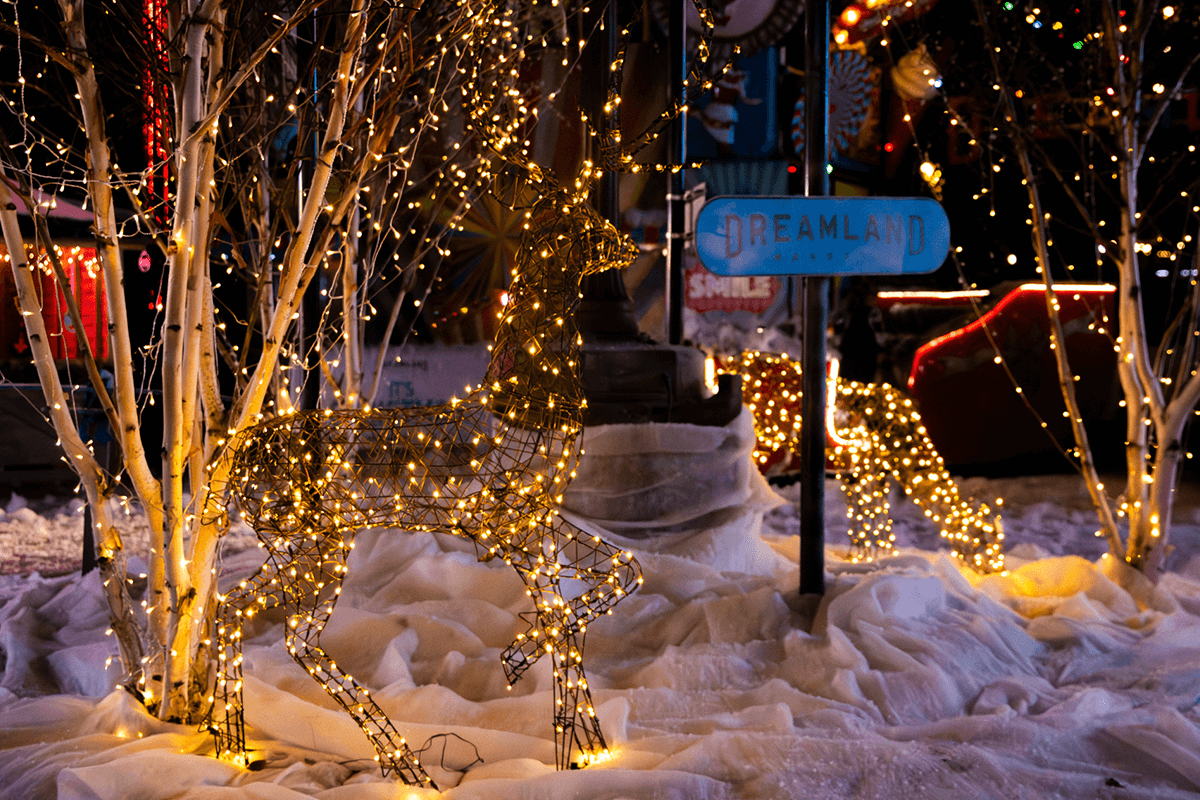Laurel and Hardy and Audrey Hepburn among black and white film stars with connections to Kent
00:01, 08 December 2018
updated: 13:23, 27 October 2022
During the great rush to upgrade technology from HD to 3D, and now the push to 4K, there is a danger that we turn our back on those films and TV shows shot in black and white or the early days of colour.
From classic comedy to breathtaking drama, our pursuit of perfection in appearance runs the risk of generations being simply unaware of decades of entertainment and the stars which once lit up the screen.
We take a look back at some major talents of the past and their Kent connections.
Laurel & Hardy
There is an argument that Stan Laurel and Oliver Hardy are the greatest ever double act. A pair who mastered physical comedy through the age of silent movies of the 1920s and then emerged at the top of their game in the 1930s with dialogue and slapstick which can still split sides today.
In 1947, the pair embarked on a UK tour and would pay two visits to the county.
In March, they would be the unlikely celebrities to unveil the post-war re-opening of the Romney Hythe & Dymchurch Railway. The pair conducted a number of comedy skits to an adoring crowd - no doubt stunned that such a global duo were in their midst.
Later that year, they would perform in Margate in August in what was their one and only theatre show in Kent, performing at the Winter Gardens.
The spotlight will be shone on the duo in January when Stan & Ollie is released at cinemas - starring Steve Coogan and John C Reilly.
Will Hay
In the mid to late 1930s it was difficult to avoid a Will Hay film - and not without good reason.
A prolific performer, he became one of the UK's biggest grossing film stars - the pinnacle of which saw him teamed up with co-stars Graham Moffatt and Moore Marriott, for classics such as Oh, Mr Porter - which Jimmy Croft, co-writer of Dad's Army, said was highly influential in the creation of some of the war-time show's main characters - Ask a Policeman and Where's that Fire? His 1941 flick, the Ghost of St Michael's, would star a young Charles Hawtrey.
A serious and somewhat eccentric man off-stage, he was a keen amateur astronomer, and lived for many years in Guildford Lawn in Ramsgate.
His house, which has a blue plaque adorned to the wall, has now been turned into a holiday home - fittingly named Will Hay House.
Peter Cushing
Your age will determine just how one you remember one of the foremost actors of his generation.
Over the years he became best known for his roles in a string of horror movies produced by the film studio Hammer and released between the 1950s and 1970s. Many of which he appeared in with fellow screen legend Christopher Lee. The pair would become synonymous with many of the most spine-chilling movies of the era and became great friends.
Cushing also played Dr Who in two film versions of the sci-fi hit, and Sherlock Holmes in Hound of the Baskervilles.
But it would be a role in the twilight of his career which would perhaps deliver him the highest profile.
As Grand Moff Tarkin in the original 1977 Star Wars, he was catapulted into a modern audience’s consciousness.
He and his beloved wife Helen lived in Whitstable from 1959 - a town he took to his heart and the locals reciprocated. Known for his kind and gentle nature, he lived on Island Wall.
Helen died in 1971 and he passed away in 1994 at the Pilgrims Hospice in Canterbury, he was 81. A seat in Whitstable, known as Cushing's View, stands today, as well as a Wetherspoon pub bearing his name.
Charlie Chaplin
Possibly the most iconic character in cinematic history, Chaplin's the Tramp was one he will forever be linked to - albeit one which reeks of a bygone era.
He had set sail with an acting troupe - which included Stan Laurel - in 1910 and sought to make his name in the US. He did so by finding fame in a host of silent movies which quickly established him as the biggest name in the movie industry.
By the time he was 26 he was earning the equivalent of more than £10m a year.
And he found time to visit the county after US heiress Lady Baillie bought Leeds Castle, near Maidstone, in the late 1920s. She would throw glittering parties and Chaplin was just one of a number of famous faces - which also included Errol Flynn and Ian Fleming - who would accept the invitation.
Charlie Chaplin died on Christmas Day 1977 and is buried in Switzerland - although his rest was disturbed the following year when two men dug his coffin up and tried, unsuccessfully, to use it to extort a ransom from his widow. His remains were found and re-buried after a police operation - albeit with reinforced concrete surrounding it.
Charles Hawtrey
For one of the most memorable members of the classic Carry On movies - he appeared in 22 of them - his troubled personal life and increasing slump into alcoholism would lead to a sad decline as he lived out his final years in Deal.
A performer since a child - he was a boy soprano - his relationship with his Carry On colleagues was often strained as he felt not only the films were beneath him, but his reliance on alcohol would lead to him often performing on set drunk.
He moved to Middle Street in 1968, developing an unpopular reputation. He would scorn any attempt to obtain an autograph and refer to others in the pub as 'peasants'.
Co-star Kenneth Williams wrote in his diary of a visit in 1970: "Charles came to the door in his undervest, unshaven. He showed us all over the house, which is rambling and incredibly tat - like a lodging house which all the boarders have suddenly deserted, and that revolting smell of rising damp and cat's fish everywhere."
An infamous fire at his flat in 1984 - rumours suggest he had refused to pay a male prostitute who took his revenge - saw him led looking dishevelled into the street, half naked, minus his tupee, by fire crews.
Biographer Wes Butters said: "By the end he was a bitter drunk who had exhausted his friends with his shenanigans and become reclusive and tormented. It's a tragic story."
He died in 1988. Just nine people attended his funeral.
Audrey Hepburn
The film and fashion icon is best known for her roles in classic movies such as Roman Holiday, My Fair Lady and Breakfast at Tiffany's. One of the greats of the movie world during the 1950s and 60s, her image remains untarnished all these years later.
From her big screen success to her later years of humanitarian work as an ambassador for Unicef, the powers of CGI even saw her recently re-created for an advert for a major chocolate brand.
Yet her childhood was in the rather more modest surrounds of Elham, near Folkestone. She lived on Duck Street in the village for several years in the late 1930s after her mother moved there following the breakdown of her marriage with the future star's father.
She attended school there and was known to villagers as "little Audrey". She moved to Holland in 1940.
Latest news
Features
Most popular
- 1
‘Plumbers charged my elderly relatives £8,560 but settled on £765 when challenged’
22 - 2
Video captures panic as fireworks display goes wrong and ‘boy’s face burnt’
11 - 3
Family-run garage closes for final time after 92 years of trade
4 - 4
Kent pub 'surrounded by sheep' named one of UK's best to visit in autumn
3 - 5
‘I’d much rather have a full restaurant than Michelin stars’
4









